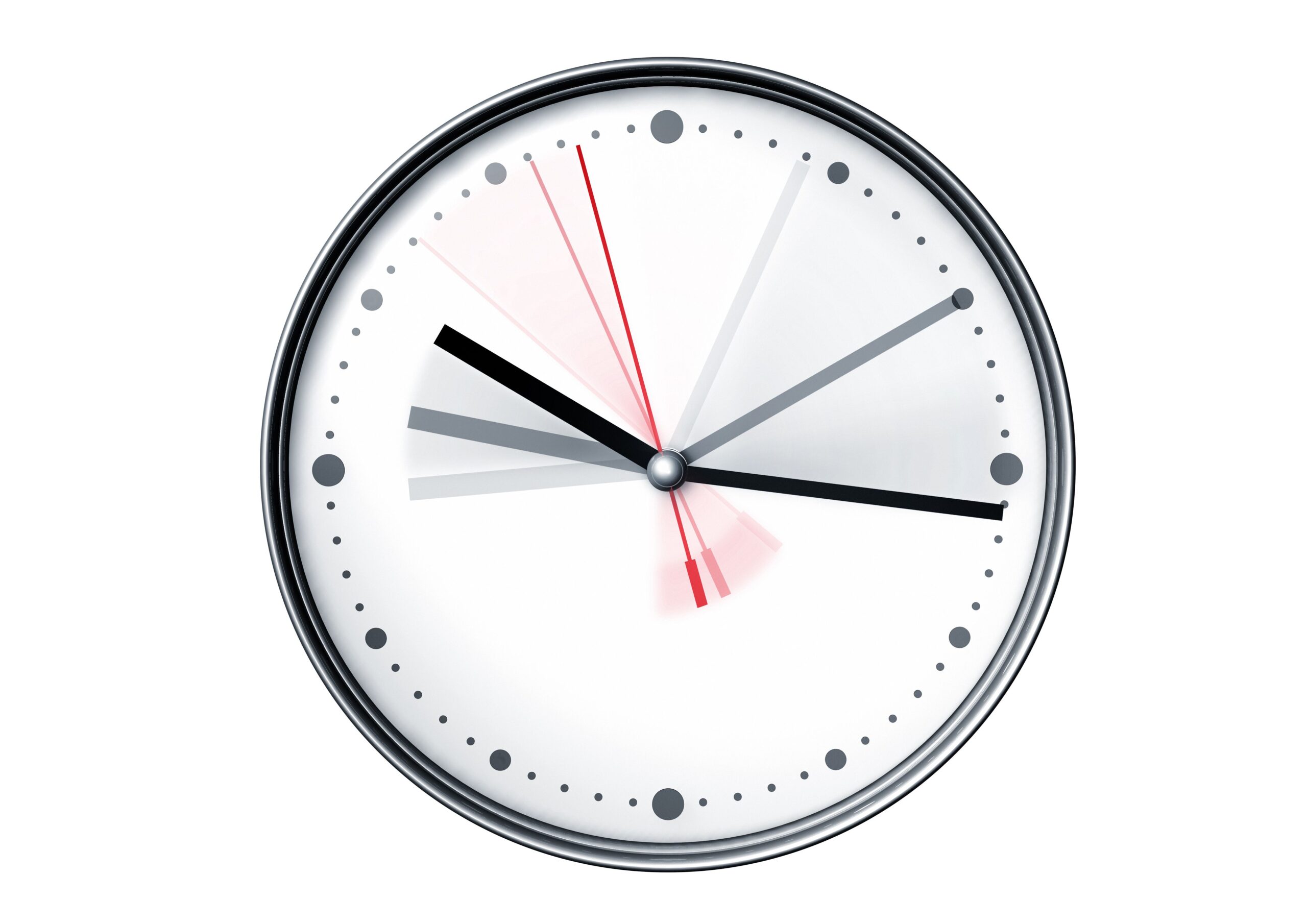Complete Guide to Making Your Own DIY Cooler: Methods, Tools, and Tips
Introduction
Building a DIY cooler is an accessible project that offers both cost savings and customization. Whether you need a portable ice chest for picnics, a stylish patio cooler, or a homemade swamp cooler for beating the heat, there are several methods and materials you can use. This guide covers insulation retrofits for store-bought coolers, constructing wooden cooler boxes, and even making evaporative (swamp) coolers for home use. Each section provides actionable steps, real-world examples, and troubleshooting tips to help you succeed.
Section 1: Insulating an Existing Cooler for Better Performance
Many inexpensive coolers do not retain cold as efficiently as their premium counterparts. Adding insulation can significantly boost performance. One proven method involves lining the cooler with bubble reflective insulation and sealing gaps with aluminum foil tape. This approach is cost-effective and can be completed with basic tools [1] .
Step-by-Step Instructions:
- Measure the inside length, width, and height of your cooler’s walls and bottom using a tape measure.
- Transfer these measurements onto bubble reflective insulation using a marker.
- Cut the insulation to size with scissors, trimming corners for a precise fit.
- Fold the insulation along the measured lines to create panels that fit the interior surfaces.
- Install the insulation panels inside the cooler, covering all sides, bottom, and optionally the lid. Secure with aluminum foil tape for a tight seal.
- For additional insulation, spray foam can be used in gaps or the cooler lid, but take care not to overfill as foam expands rapidly.
Example: A simple plastic cooler can be transformed to rival more expensive models by following these steps. By adding insulation, users have reported slower ice melt and colder contents during outdoor events [1] .
Potential Challenges: Cutting insulation to fit irregular cooler shapes may require adjustments. If the insulation interferes with the lid closing, trim panels as needed.
Alternatives: Thick closed-cell foam sheets or spray foam insulation can be substituted if bubble insulation is unavailable. Ensure any materials used are safe for food contact if items will be stored unwrapped.
Section 2: Building a Wooden Patio Cooler Box
Creating a wooden cooler box enhances both function and appearance, making it ideal for patios and backyard gatherings. The process involves constructing a frame for a store-bought cooler and cladding it with wood for durability and aesthetics [5] , [2] .
Step-by-Step Instructions:
- Measure your cooler’s dimensions to determine frame size.
- Cut 2×4 boards to length and assemble the frame using 2.5-inch screws. Leave about a half-inch of play for easy removal.
- Attach four upright corner posts to the frame for support.
- Rip fence boards to the desired width and attach them to the exterior using nails or wood glue, creating a decorative apron and body.
- Secure the cooler lid to a wooden frame with 2-inch screws. Ensure the inner lid aligns with the cooler’s seal.
- Add hinges to the back of the lid for smooth operation.
- For drainage, mark and drill a hole through the wood and cooler wall, then insert a drain pipe as needed.
Example: DIYers have built cedar or pine patio coolers that both insulate and blend with outdoor furniture. This approach is often used for backyard parties and offers a sturdy, attractive alternative to plastic coolers [5] .

Source: blitsy.com
Potential Challenges: Warping of wood can occur if not sealed properly. Use weather-resistant finishes to protect your cooler box outdoors.
Alternatives: Instead of wood, consider recycled pallets or composite decking for a more eco-friendly or low-maintenance design.

Source: blitsy.com
Section 3: DIY Swamp Cooler for Home Cooling
If your goal is to cool a room rather than keep drinks cold, a DIY swamp cooler (evaporative cooler) is a simple, energy-efficient solution. This method works best in dry climates and can be assembled from common household items [3] .
Step-by-Step Instructions:
- Gather supplies: a 5-gallon bucket with a lid, a small desktop fan, breathable cloth (like a towel), a drill or razor, adhesive, cold water, and optional ice cubes.
- Cut a circle in the bucket lid to fit the fan snugly. Secure the fan in place with adhesive, ensuring airflow can pass into the bucket.
- Drill or cut holes around the upper perimeter of the bucket for air to escape. Avoid cutting below the waterline to prevent leaks.
- Fill the bucket with cool water and ice. Drape the wet cloth inside so it can wick water and increase evaporation.
- Place the lid with the fan on top and turn on the fan. As air blows over the wet cloth and ice, it cools and is expelled through the side holes.
Example: This design is often used in workshops, small rooms, or tents during heat waves. While not as powerful as a standard air conditioner, it can lower the perceived temperature by several degrees in small spaces [3] .
Potential Challenges: Swamp coolers are less effective in humid conditions. Regularly change the water and cloth to avoid mold or odors.
Alternatives: For portability, try using a smaller container or battery-powered fan. There are also commercial evaporative coolers available if you need higher capacity.
Section 4: Electronic DIY Cooler Projects
For tech enthusiasts, building a cooler with electronic components such as Peltier modules or Arduino controllers is a rewarding challenge. These projects require basic electronics skills and can cool beverages to around 8°C (46°F) [4] .
Step-by-Step Instructions:
- Design a case using insulating materials, typically in three layers for maximum efficiency.
- Install a Peltier thermoelectric module between heat sinks and fans to create a cooling effect when powered.
- Wire the electronics according to a schematic, using a microcontroller (such as Arduino) to monitor and control temperature.
- Power the system with a suitable voltage source (often 12V DC).
- Test the system and monitor temperature changes to ensure proper function.
Example: Makers have used this approach to create desktop beverage coolers or mini-fridges. Arduino code and schematics for such projects can be found on electronics hobby forums and project sites [4] .
Potential Challenges: Electronic coolers may have limited capacity and require careful heat dissipation. Use large heat sinks and fans to prevent overheating.
Alternatives: If electronics are too complex, focus on passive insulation or try solar-powered fans for improved cooling without wiring.
Section 5: Tips, Safety, and Maintenance
Regardless of the method, maintaining your DIY cooler is key to performance and longevity. Always use food-safe materials when storing food or drinks. Clean and dry your cooler after each use to prevent mildew. Inspect seals and insulation regularly, and replace or repair as needed. If using electronics, avoid water contact with wiring and ensure all connections are insulated.
For further research or to find community project variations, you can search for “DIY cooler insulation,” “wooden patio cooler plans,” or “homemade swamp cooler instructions” on reputable home improvement sites and maker forums.
References
- [1] Condo Blues (2023). How to Make a DIY Yeti Cooler – insulation upgrade guide.
- [2] YouTube: DIY Projects With Pete (2015). Turn Wood Into a Cool Ice Chest for Any Event!
- [3] Northwest Public Broadcasting (2023). No Air Conditioner? No Sweat! Build A DIY Swamp Cooler.
- [4] Instructables (2020). DIY Cooler: Electronics Project for Beverage Cooling.
- [5] DIY Pete (2015). How to Build a DIY Patio Outdoor Cooler.



